In 2025, the lens through which we view our jobs is becoming less about task and title—and more about who we are, what we value, and how we choose to live.
There was a time when work was simply where we clocked in and out. It paid the bills, earned a title, and defined a fixed corner of our daily lives. But today’s world, as elastic and self-aware as ever, is actively reshaping that narrative. Our relationship with work is no longer confined to the office cubicle, nor is it solely dictated by organizational charts. Now, it resides in the fluid, ever-shifting zone between personal behavior and public perception—between who we are and how we show up.
Across the globe, employees are navigating their job roles with a keener sense of self. No longer is performance just measured in KPIs or deadlines; it is deeply rooted in behavioral dynamics, emotional intelligence, and the story we tell ourselves—and others—about our purpose at work. This change is particularly pronounced in how individuals are redefining their personal, professional, and even familial identities in relation to their jobs.
Why does this matter now more than ever? The reason lies in the post-pandemic world’s biggest lesson: presence without meaning is fatigue; productivity without alignment is burnout. The blurred boundaries between work and home have prompted people to evaluate not just what they do, but why they do it. Employers, in turn, are paying closer attention to the human behind the professional title—the mindset that drives effort, the emotions that influence collaboration, and the perceptions that color workplace interactions.
Behavioral management in this context is about self-awareness, adaptability, and authenticity. It’s about employees regulating not just tasks but temperament. The modern workforce is placing immense value on soft power—on empathy, on listening, on behavior as a mirror to one’s values. Job satisfaction is no longer about salaries alone; it hinges on how a person feels seen, heard, and valued. It is here where perception management becomes pivotal—not in a superficial branding sense, but in the deeper cultivation of personal integrity, self-reflection, and consistency between inner belief and outer action.
It’s also about understanding how others perceive us—not to manipulate, but to communicate better. Managers who once focused solely on outcomes are now trained to recognize emotional cues, cultural sensitivities, and behavioral trends. And professionals, in turn, are investing time in curating not just LinkedIn profiles but inner clarity—decoding how their behavior impacts colleagues, teams, and broader organizational culture.
The most agile and emotionally literate professionals of 2025 understand that workplace behavior isn’t a costume—it’s a channel. One that reflects ambition, respect, boundaries, and belonging. When behavior aligns with personal identity, and when perception is guided by purpose rather than performance pressure, the result is a job that feels not like a burden, but a bridge.
“We don’t just work to live or live to work—we live through the work that reflects who we truly are.”
This new landscape also demands that we redefine professionalism. In many cultures, professionalism once meant neutrality—suppressing emotional expression, hiding vulnerability, separating “home you” from “office you.” But today, as hybrid models evolve and digital proximity becomes the norm, this wall is coming down. People are no longer hiding their roles as parents, caregivers, artists, or volunteers. They’re integrating them, weaving personal stories into workplace realities.
And this matters not just on a personal level, but a systemic one. Companies that foster psychologically safe environments—where behavioral feedback is constructive, where perceptions are addressed transparently—are becoming magnets for talent. These companies understand that professional identity is no longer static; it is as dynamic as the individuals who shape it. Inclusion now means making space not just for different genders, backgrounds, and ages, but for the full spectrum of human behavior.
So, how do we move forward? First, by embracing feedback—not just performance reviews, but behavioral reflections. We ask ourselves and our peers: How am I being perceived? Does my intent match my impact? Second, by nurturing self-compassion. Not every day will feel aligned or productive, but resilience grows when we treat ourselves as whole humans, not productivity machines. And finally, by allowing our professional lives to be an honest extension of our personal truths.
The “when” of this transition is already happening. It’s visible in the rise of coaching cultures, in the quiet quitting that masked deeper behavioral misalignments, and in the return-to-office discussions framed more around wellness than attendance. It’s visible in boardroom conversations that now include the language of emotion and energy, not just efficiency and execution.
Behavior and perception are no longer side effects of work—they are the work. They define culture, drive performance, and ultimately, they shape the legacy we leave behind not just within our careers, but in the relationships, reputations, and communities we build along the way.
In 2025 and beyond, the job isn’t just about what you do. It’s about how you feel, how you’re seen, and how you connect the dots between identity, intention, and impact.







